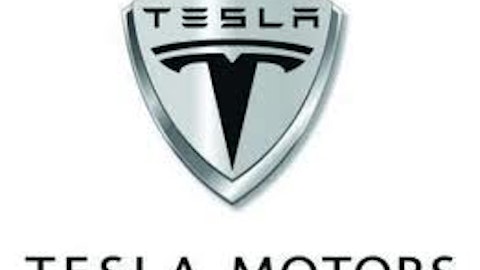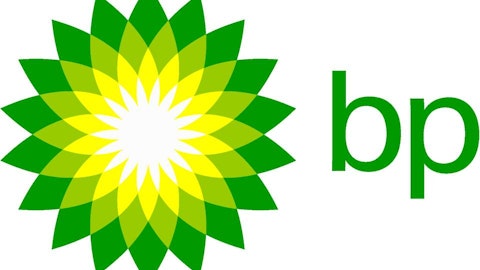
Is it the oil companies?
Or perhaps government subsidies are somehow to blame?
Or is it Iran, and its vow to ratchet up oil prices to $100 a barrel, and stick them there?
One thing’s for certain. Two factors working to keep the price of gas high are your own state and federal representatives. Between federal gasoline taxes of $0.18 per gallon, and state taxes that average $0.25 per gallon, Congress and your local version of it are directly responsible for about $0.43 out of every $3.66 you pay at the pump — 11% of the retail price.
And that’s just the average. Depending on where you live, the taxes can be lower …
| State | Gas Tax Per Gallon |
|---|---|
| Georgia | $0.08 |
| Alaska | $0.08 |
| New Jersey | $0.11 |
| Wyoming | $0.14 |
| Missouri | $0.17 |
| Oklahoma | $0.17 |
| South Carolina | $0.17 |
| Mississippi | $0.18 |
| Virginia | $0.18 |
| Alabama | $0.19 |
| New Mexico | $0.19 |
… or quite a bit higher:
| State | Gas Tax Per Gallon |
|---|---|
| Minnesota | $0.29 |
| Kentucky | $0.30 |
| Oregon | $0.30 |
| Maine | $0.31 |
| Pennsylvania | $0.32 |
| Rhode Island | $0.33 |
| Wisconsin | $0.33 |
| West Virginia | $0.35 |
| Washington State | $0.38 |
| North Carolina | $0.38 |
| California | $0.38 |
Of course, drivers in California can take comfort in knowing that, even if they’re paying nearly five times the gas taxes of their fellow citizens in Georgia, at least their roads are five times less congested, right? Right?
“All politics are local.” So are many taxes and regulations
Now, high state gasoline taxes are only part of the reason why states such as California and Hawaii, for example, have acquired a reputation for super-premium gas prices. In Hawaii’s case, high gas prices come with the territory — specifically, territory that’s stuck on a bunch of islands, far removed from regular U.S. pipeline routes.
In California’s case, environmental regulators have mandated the use of a specific gasoline blend aimed at cutting smog. The small-batch production of this gasoline blend doesn’t lend itself to efficiencies of scale as well as more plebeian blends do. Complicating matters further, the limited number of companies who do produce it have a certain amount of pricing power, owing to the lack of competition in production. In California, just five companies — Chevron Corporation (NYSE:CVX), Shell, BP plc (ADR) (NYSE:BP), Valero Energy Corporation (NYSE:VLO), and ConocoPhillips (NYSE:COP) — own more than 70% of the market for this superfuel.
Still, taxes are definitely a key factor in keeping gas prices high — and they’re getting more important by the day.
Follow the money
See if you can track the legislative logic here.
We all know that high gas prices lead to less gasoline usage. That’s just Economics 101, and borne out by the facts. Over the past seven years, America’s oil consumption (two-thirds of which goes to gasoline) has fallen by 9%. Part of that’s due to higher fuel efficiency in gas-burning cars, part to more use of electric cars; but a large part is simple price disincentivization to buy and burn gas.


